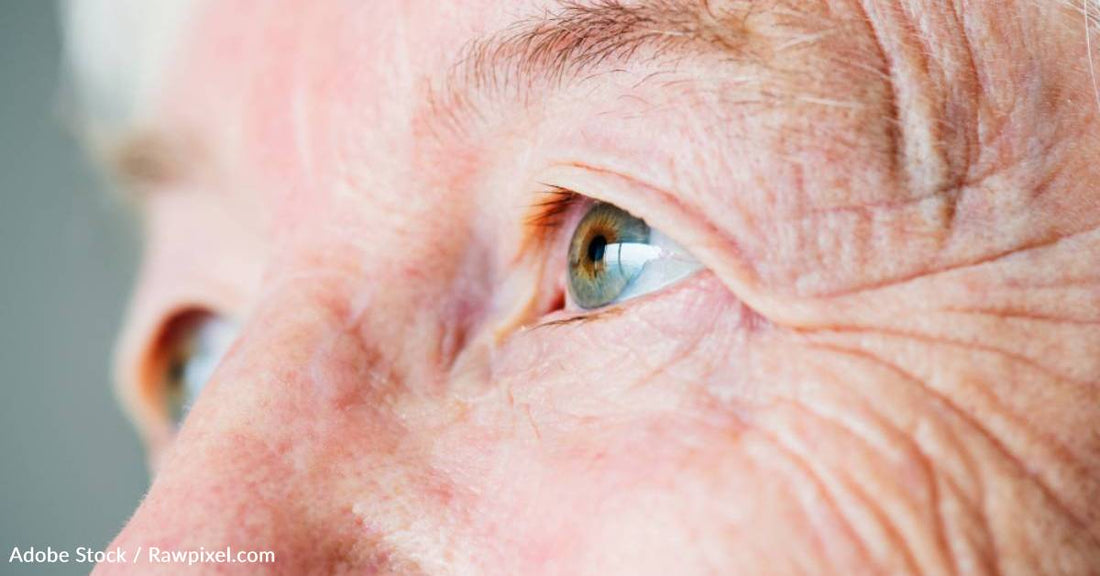Blood Vessel Damage in the Retina May Help Diagnose Alzheimer's Earlier
Michelle Milliken
Cerebral amyloid angiopathy involves the accumulation of amyloid beta proteins in small cerebral blood vessels and is common in Alzheimer’s patients. A new study finds this condition – and Alzheimer’s - are linked with blood vessel damage in the retina, which may lead the way to diagnose Alzheimer’s earlier.
Researchers from Cedars-Sinai Medical Center recently examined blood vessels from the retinas of donors with Alzheimer’s disease and mild cognitive impairment, comparing them to those of cognitively healthy donors. The findings, published in the journal Alzheimer’s & Dementia, show that among those with Alzheimer’s, there were signs of disruption to the blood-retinal barrier, which helps prevent harmful substances from entering the retinal tissue.
Dr. Maya Koronyo-Hamaoui, senior author and professor of neurology, neurosurgery and biomedical sciences at Cedars-Sinai, says, "This study provides a new understanding of the vascular changes associated with Alzheimer's disease, especially in the retina, the layer of nerve tissue at the back of the eye. It also points to the damage Alzheimer's disease causes to the blood vessels in the retina, enabling a new, noninvasive pathway to early diagnosis and monitoring of disease progression."
The study involved blood vessels obtained from the retinas of 24 donors with Alzheimer’s, 10 with mild cognitive impairment, and 27 with normal cognition. In the Alzheimer’s patients, the team found damage to as much as 70% of the blood-retinal barrier, which paves the way for harmful substances to get through to the retinal tissue. The researchers say this happened early on, even when patients only had mild functional impairment.
The damage was also strongly linked with cerebral amyloid angiopathy (CAA) and other vascular disease in the brain. The research suggests this could be another way to help diagnose both CAA and Alzheimer’s.
Dr. Koronyo-Hamaoui explains, “Currently, the only way to detect CAA in patients is in post-mortem brain tissue samples. With additional research and the development of advanced retinal imaging, vascular and blood-retinal barrier damage could give us the first opportunity to detect CAA in living patients."
The technology is being developed, with advanced retinal imaging of blood vessels and proteins in living patients still awaiting approval from the Food and Drug Administration.
The team also found amyloid beta 40 protein accumulations in the retinal arteries of Alzheimer’s patients, which disrupted the blood flow and stopped the arteries from filtering out harmful substances. It’s unclear if these deposits caused the damage in the barrier or if they accumulated due to blood vessel damage.
Regardless, Dr. Koronyo-Hamaoui says the findings should encourage people to safeguard their circulatory systems to help prevent CAA and dementia. To do that, you can control high blood pressure, lower your sugar and alcohol intake, and avoid smoking.




